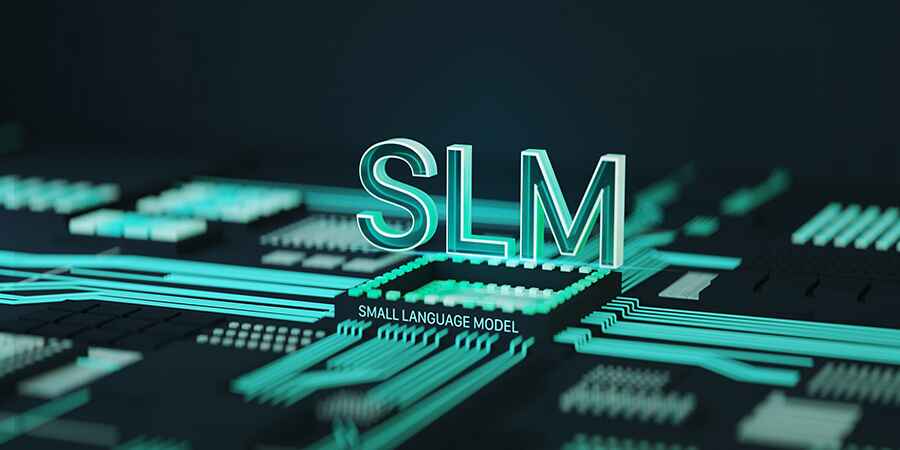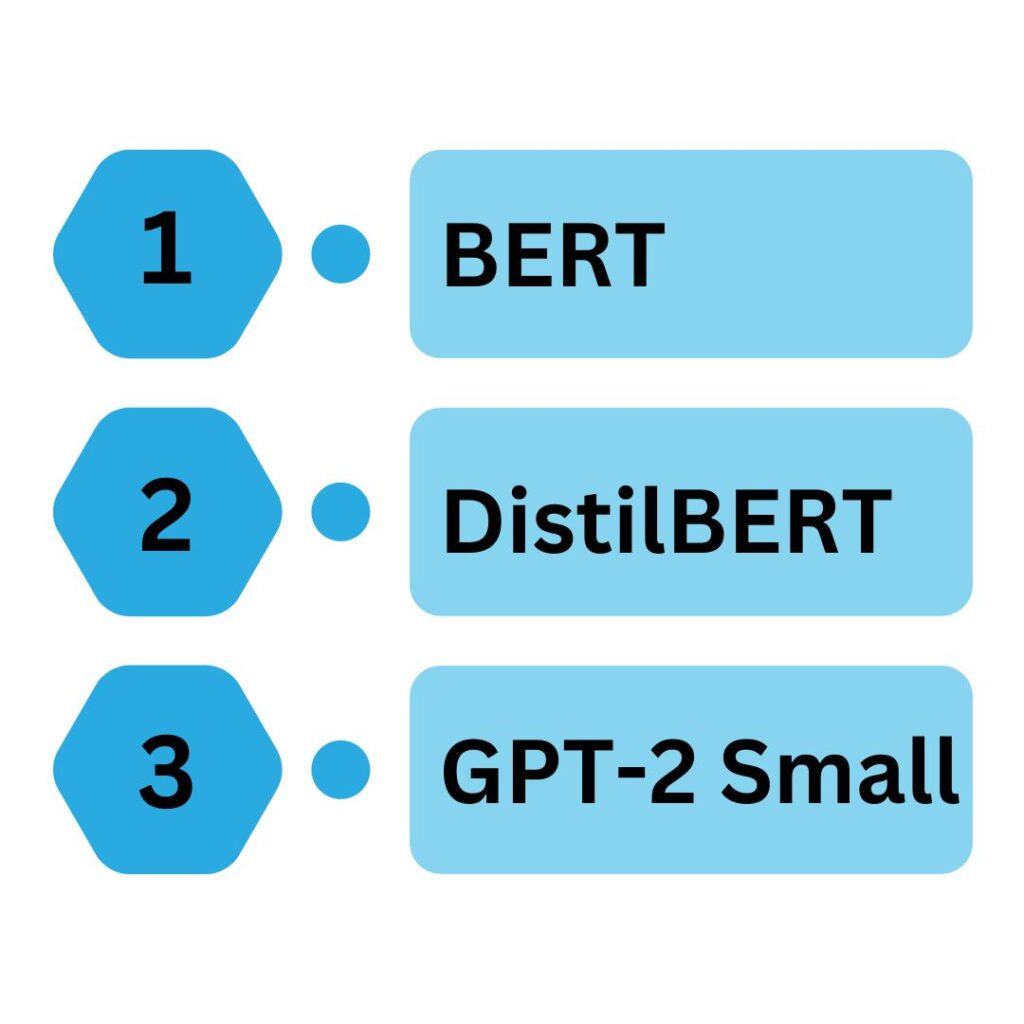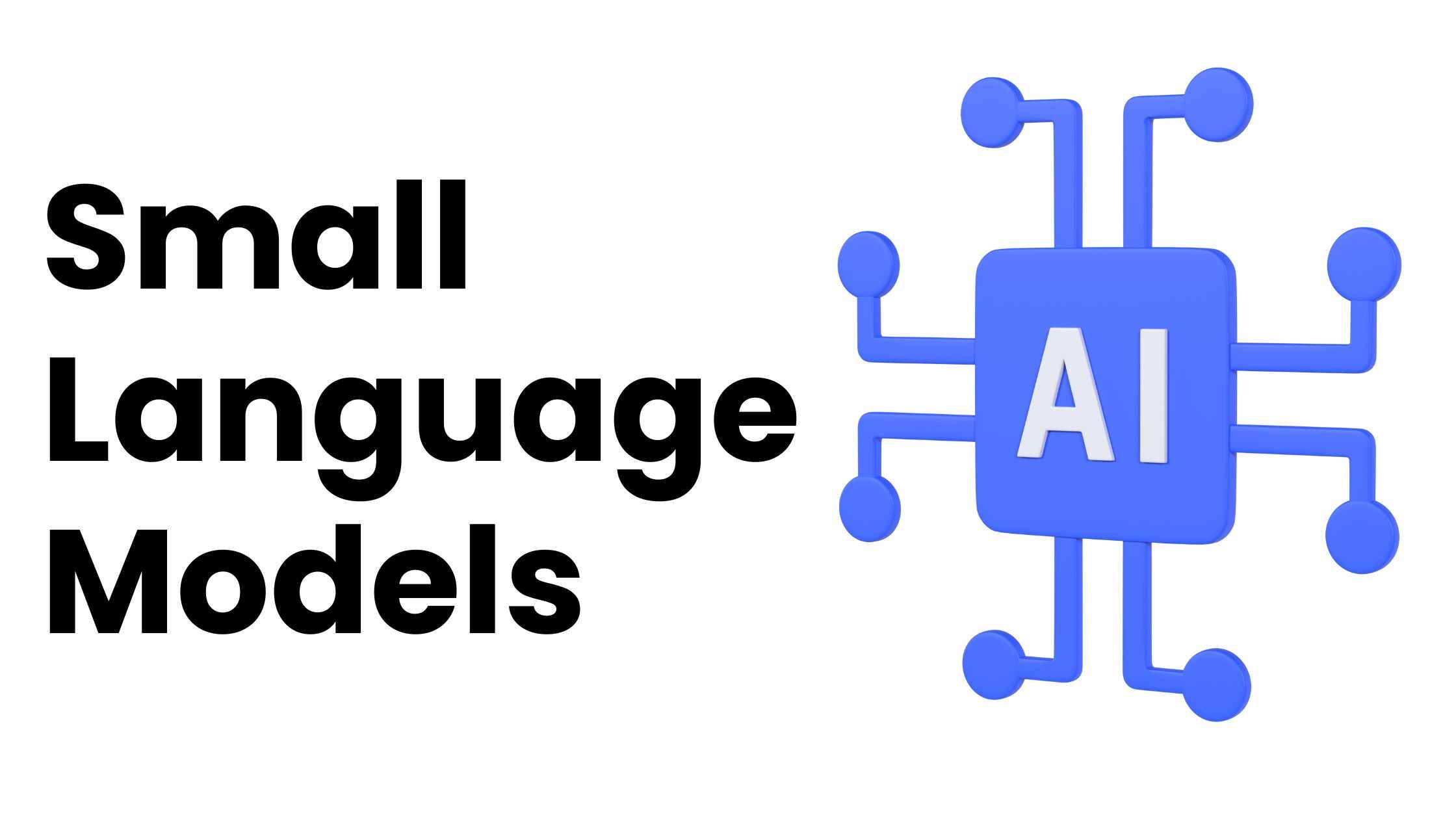If you’ve ever wondered about Small Language Models, you’re in the right place. In this blog, we’ll explore these compact yet powerful tools that are changing how we interact with AI.
Small Language Models are AI programs that understand and generate human-like text. They’re smaller versions of the big AI models you might have heard about. These little helpers can do a lot, from answering questions to writing short texts.
By the end of this post, you’ll know what Small Language Models are, how they work, and why they matter. Let’s dive in and discover the world of these tiny but mighty language tools!
Table of Contents
- What Are Small Language Models?
- Examples of Small Language Models
- Use Cases for Small Language Models
- Small Language Models vs Large Language Models
- Advantages of Small Language Models over Large Language Models
- FAQ’s
- Conclusion
What Are Small Language Models?

Small Language Models are compact AI programs designed to understand and generate human-like text. Unlike their larger counterparts, these models are streamlined and efficient, typically containing fewer parameters.
They’re trained on smaller datasets but can still perform various language tasks effectively. Small Language Models are built to be quick, use less computing power, and work well on everyday devices like phones or laptops.
They’re perfect for tasks that don’t need the full power of huge AI systems, making them a practical choice for many applications.
Examples of Small Language Models

Small Language Models come in various types, each with its own strengths. Here are some popular examples:
1. BERT (Bidirectional Encoder Representations from Transformers)
- Created by Google
- Good at understanding context in sentences
- Widely used for search engines and chatbots
2. DistilBERT
- A smaller, faster version of BERT
- Keeps 97% of BERT’s performance but is 40% smaller
- Great for mobile devices and quick responses
3. GPT-2 Small
- A compact version of the GPT model
- Good at generating human-like text
- Used for writing assistance and creative tasks
These models show how small can be mighty in the world of AI language tools.
Use Cases for Small Language Models
Small Language Models have many practical uses in our daily lives:
In Business:
- Customer service chatbots
- Quick email responses
- Sentiment analysis for customer feedback
Education:
- Language learning apps
- Automated essay grading
- Study aids and summarization tools
Personal Use:
- Smart home devices
- Voice assistants on phones
- Text prediction in messaging apps
These examples show how Small Language Models can help in various fields, making tasks easier and more efficient.
Small Language Models vs Large Language Models
Here’s a comparison of Small Language Models (SLMs) and Large Language Models (LLMs) in table format:
| Features | Small Language Models (SLMs) | Large Language Models (LLMs) |
| Size | Fewer parameters (millions) | More parameters (billions) |
| Training Data | Smaller, focused datasets | Vast, diverse datasets |
| Performance | Excel in specific, targeted tasks | Broader knowledge, better complex reasoning |
| Speed | Faster response times | Can be slower due to size |
| Device Compatibility | Can run on everyday devices | Often need powerful servers or cloud |
| Memory Usage | Lower memory requirements | Can be slower due to the size |
| Customization | Easier to fine-tune for specific tasks | More challenging to customize |
| Updates | Quicker to update and retrain | Time-consuming to update |
| Cost | Lower cost to run and maintain | Higher operational costs |
| Use Cases | Specific applications, edge devices | General-purpose AI, complex tasks |
This table gives a quick overview of how SLMs and LLMs differ in key areas. While LLMs are more powerful overall, SLMs have advantages in speed, efficiency, and specific task performance.
Advantages of Small Language Models over Large Language Models
Small Language Models have several benefits over their larger counterparts:
1. Faster Performance
- Quick responses, ideal for real-time applications
- Less waiting time for users
2. Lower Resource Requirements
- Can run on smartphones and laptops
- Don’t need expensive, high-powered hardware
3. Energy Efficiency
- Use less electricity
- More environmentally friendly
4. Easier to Update and Maintain
- Quicker to retrain with new data
- Simpler to fix errors or biases
5. Privacy Benefits
- Can work offline, keeping data on the user’s device
- Less risk of exposing sensitive information
6. Focused Expertise
- Often perform better on specific tasks they’re designed for
- Can be more accurate in niche areas
These advantages make Small Language Models a great choice for many everyday AI applications, balancing performance with practicality.
FAQ’s
Some leading small language models include DistilBERT, ALBERT, and TinyBERT. These models are popular for their efficiency and good performance on specific tasks while using fewer resources than larger models.
BERT itself isn’t considered a small language model. However, there are smaller versions of BERT, like DistilBERT and MobileBERT, which are designed to be more compact and efficient for everyday use.
Small language models typically have between 10 million to 100 million parameters. This is much less than large models, which can have billions of parameters. The exact number varies depending on the specific model.
Conclusion
In conclusion, Small Language Models are powerful tools that pack a big punch in a small package. They offer quick responses, work well on everyday devices, and excel at specific tasks.
While they may not be as all-knowing as their larger cousins, SLMs shine in situations where speed and efficiency matter most. As AI continues to grow, these compact models will likely play an increasingly important role in our daily lives.
Whether you’re a tech enthusiast or just curious about AI, understanding Small Language Models helps you appreciate the smart technology all around you.

